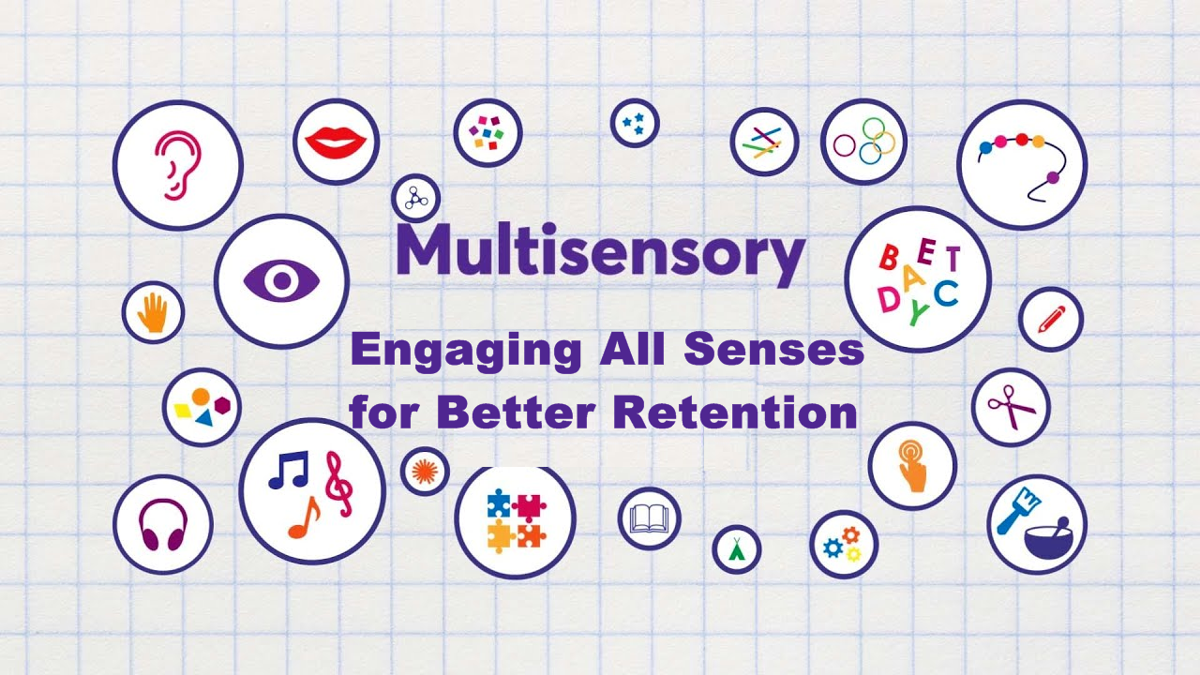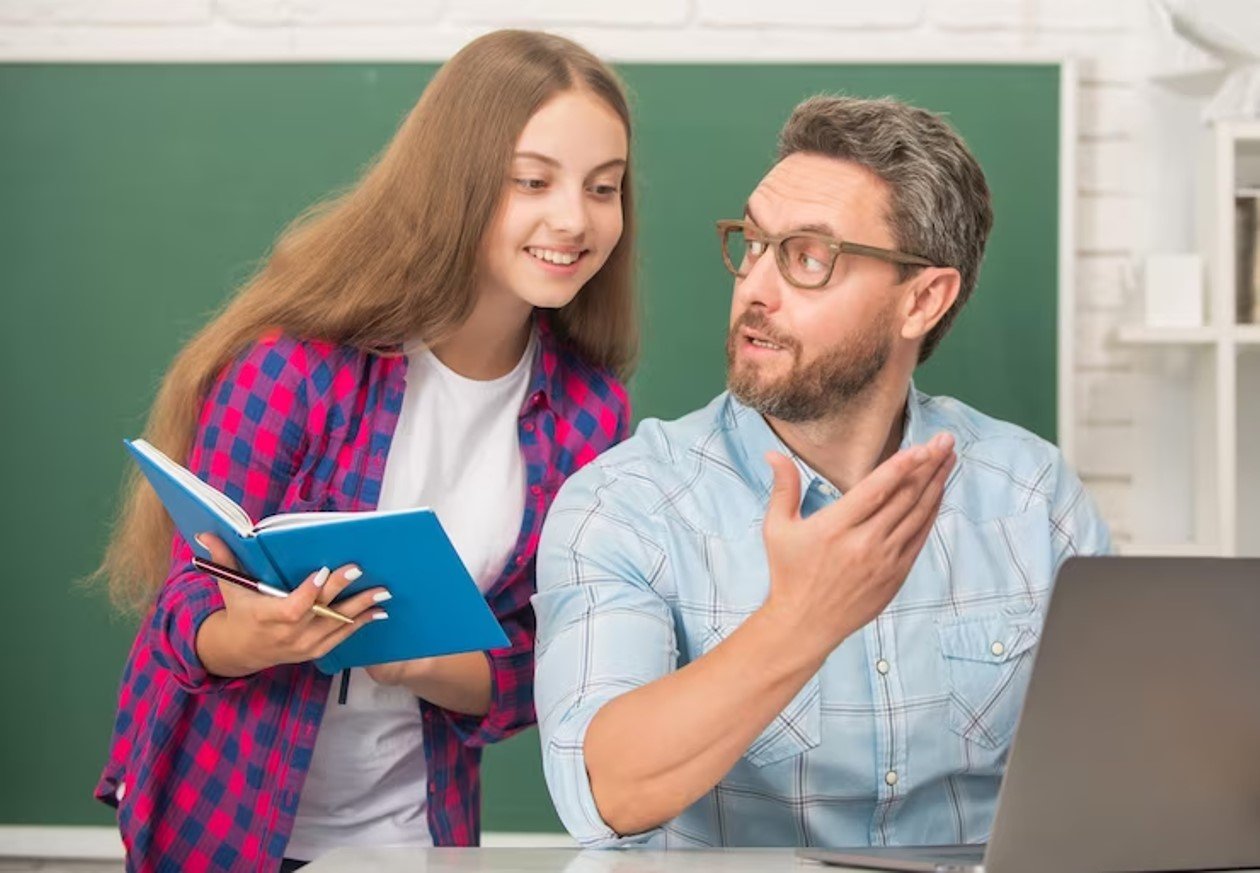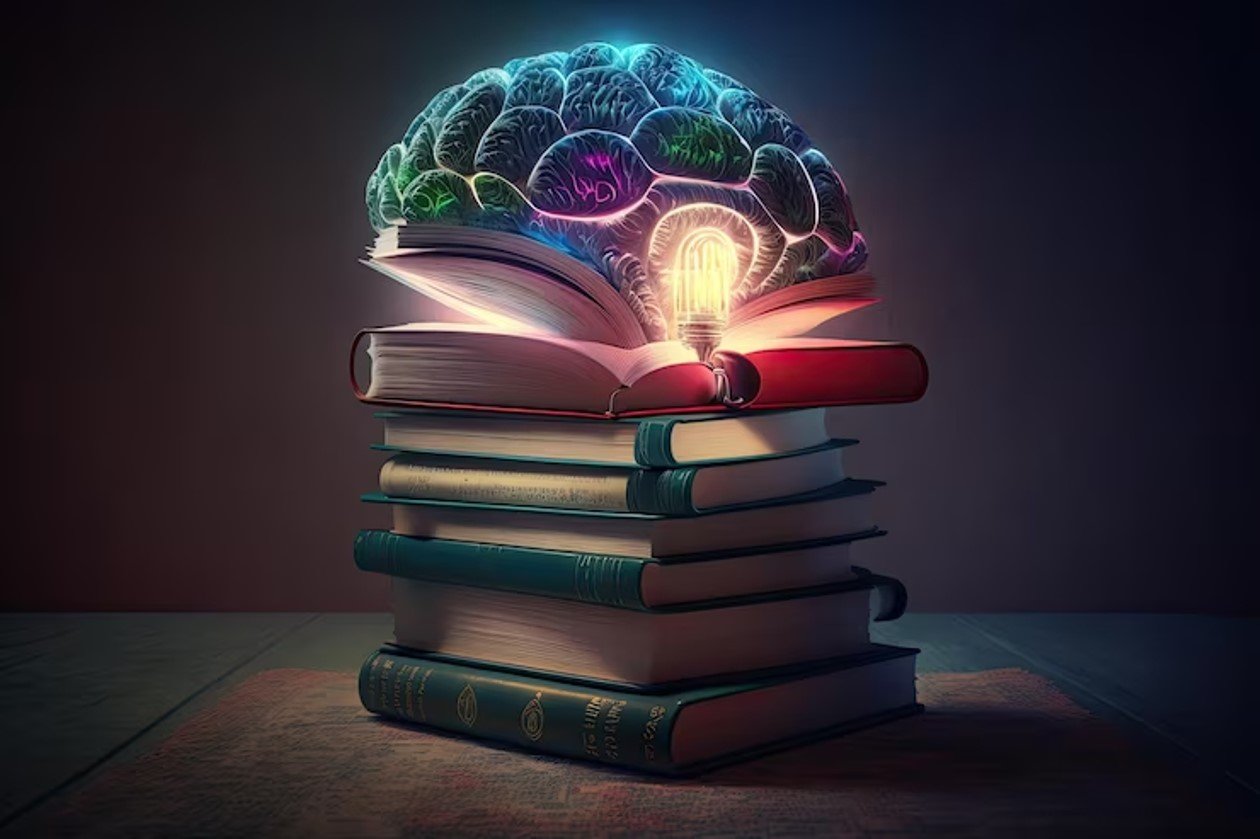The Benefits of Multisensory Learning: Engaging All Senses for Better Retention

Unlock the potential of multisensory learning for enhanced retention and engagement. Discover the benefits of incorporating visual, auditory, kinesthetic, olfactory, and gustatory experiences in education. Learn how this innovative approach caters to diverse learning styles and fosters a comprehensive understanding of complex subjects
In today’s ever-evolving landscape of education, traditional teaching methods are being reimagined to accommodate diverse learning styles and preferences. One innovative approach that has garnered attention is multi-sensory learning. This method capitalizes on the fact that humans are inherently multi-sensory beings, processing information through sight, sound, touch, taste, and smell. By engaging multiple senses simultaneously, multi-sensory learning aims to enhance the learning process, improve comprehension, and foster better retention of knowledge. In this article, we will explore the concept of multi-sensory learning, its manifold benefits, practical implementation, and its potential to revolutionize the future of education.
Read More: The Power of Active Learning: Engaging Techniques for Better Recall
Understanding Multisensory Learning
The Role of Senses in Learning
From the moment we are born, our senses play a pivotal role in shaping our understanding of the world around us. The brain is wired to process information from various sensory channels, and when these senses collaborate, learning becomes more holistic and immersive.
How Multisensory Learning Works
Multisensory learning involves engaging two or more senses during the learning process. This can be achieved through a combination of visual, auditory, kinesthetic, and tactile experiences. When information is presented through multiple senses, it creates a web of interconnected neural pathways, making the learning experience more profound and memorable.
The Benefits of Multisensory Learning
Enhanced Memory Retention
One of the most compelling benefits of multisensory learning is its impact on memory retention. When learners experience information through different sensory modalities, the brain forms stronger associations, leading to improved recall and retention. Concepts that might have been difficult to remember through rote memorization are now anchored in a multi-dimensional framework.
Improved Conceptual Understanding
Complex concepts often require learners to grasp abstract ideas or visualize intricate processes. Multisensory learning accommodates this need by presenting information from multiple angles. For instance, a biology lesson on the human heart could involve visual diagrams, interactive animations, and even a simulation of the heartbeat, enabling students to develop a comprehensive and intuitive understanding.
Increased Engagement and Focus
Traditional lecture-style teaching can sometimes lead to passive learning, with students struggling to maintain their attention. Multi-sensory learning, on the other hand, promotes active participation and engagement. Whether it’s through hands-on experiments, group discussions, or interactive digital tools, learners are actively involved, making the learning experience both enjoyable and effective.
Catering to Different Learning Styles
Every learner has a unique learning style—some are visual learners who grasp concepts through images, others are auditory learners who excel with spoken explanations, and yet others are kinesthetic learners who learn best by doing. Multisensory learning acknowledges these differences and caters to various learning preferences, ensuring that all students have the opportunity to succeed.
Implementing Multisensory Techniques
Visual Aids and Graphics
Visual aids, such as charts, graphs, infographics, and videos, can simplify complex information and enhance understanding. These visual elements provide a clear and concise representation of data, helping learners grasp intricate concepts more easily.
Kinesthetic Activities
Kinesthetic learners thrive on hands-on experiences. Incorporating activities that involve movement, touch, and interaction can greatly enhance their understanding of abstract ideas. For example, in a physics class, students could build simple machines to observe mechanical principles in action.
Auditory Stimuli
Auditory learners absorb information best through sound. Incorporating elements like recorded lectures, podcasts, and discussions allow them to engage deeply with the material and retain information effectively.
Applications in Different Educational Settings
Multisensory Learning in Schools
Multisensory learning is particularly valuable in traditional classroom settings. By integrating various sensory experiences into lessons, educators can create a dynamic and engaging learning environment that caters to diverse student needs.
Multisensory Learning in Online Education
The rise of online education has prompted educators to explore innovative ways of teaching. Multi-sensory learning can be seamlessly integrated into online courses through multimedia presentations, interactive quizzes, virtual laboratories, and more.
Multisensory Approaches for Special Needs Students
Students with special needs often require personalized approaches to learning. Multisensory techniques provide educators with the tools to adapt their teaching methods to accommodate diverse abilities and learning profiles.
Challenges and Considerations
Logistics and Resource Allocation
While the benefits of multi-sensory learning are evident, implementing such techniques may require additional time and resources for lesson planning and material preparation. Educators must carefully balance these demands to ensure a smooth and effective learning experience.
Adapting to Individual Preferences
Not all students respond equally to all sensory modalities. Educators must be attentive to the preferences and needs of individual learners, offering flexibility and alternative approaches when necessary.
How to Incorporate Multisensory Learning
Tips for Educators
- Know Your Students: Understand the learning styles and preferences of your students to tailor your approach accordingly.
- Diverse Instructional Strategies: Incorporate a variety of multi-sensory techniques to cater to different learners.
- Blend Technology: Leverage technology to create interactive experiences that engage multiple senses simultaneously.
Self-Directed Multisensory Learning Techniques for Students
- Watch Educational Videos: Seek out videos that provide visual and auditory explanations of complex concepts.
- Create Visual Aids: Use mind maps, diagrams, or sketches to represent ideas visually.
- Teach Others: Explaining concepts to peers or writing about them can reinforce your own understanding through multisensory engagement.
The Future of Learning: Trends and Prospects
As technology continues to evolve, the potential for multisensory learning grows exponentially. Emerging technologies such as virtual reality, augmented reality, and personalized AI-driven learning platforms hold the promise of creating even more immersive and tailored learning experiences.
Read More: The Role of Sleep in Learning: How Rest Fuels Academic Success
Conclusion
Incorporating multisensory learning techniques in education has the potential to revolutionize how we teach and learn. By engaging multiple senses, educators can tap into the innate human capacity for holistic understanding and enhanced memory retention. The benefits of multisensory learning extend to various subjects, age groups, and learning contexts, making it a versatile and effective approach. As we embrace the opportunities presented by technology and innovation, the future of education looks brighter, more inclusive, and more engaging than ever before.
FAQs
Can multisensory learning be applied to all subjects?
Yes, multisensory learning can enhance understanding in various subjects, from mathematics to history and beyond.
Are there age limitations to implementing multisensory techniques?
No, multisensory techniques can benefit learners of all ages, from preschoolers to adults.
How can I assess the effectiveness of multisensory learning in my teaching?
Regular assessments, student feedback, and improved comprehension are indicators of the efficacy of multisensory learning.
Is there any scientific research supporting the benefits of multisensory learning?
Yes, numerous studies highlight the positive impact of multisensory learning on memory retention and comprehension.
Can multisensory learning be used in corporate training programs?
Absolutely, multisensory techniques can be effective in corporate settings to enhance training programs and improve employee engagement.








One Comment